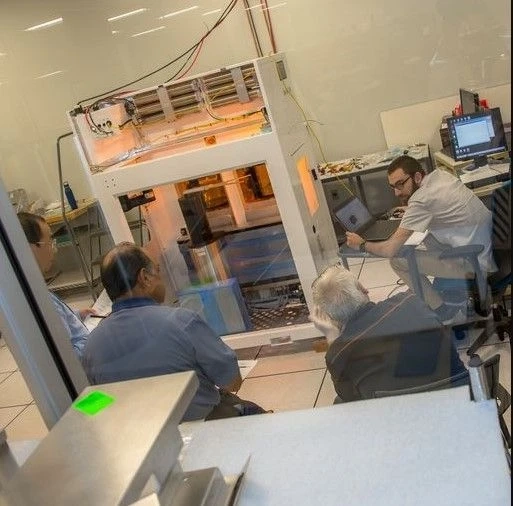Wafer processing equipment that is fully or partially automated can increase flexibility while lowering mistakes and improving reproducibility. Operators can adjust process settings automatically for alternative processes or process improvement. Wafer handling automation enables operators to ensure that a process continues to run optimally, whether in a continuous mode or during batch processing. Automatic controls ensure a process runs smoothly, boosting output quality, productivity, and waste reduction.
Improved Operating Flexibility
Automatic controls use programmable software to define the operation and timing of process steps. The program determines the timing, chemical doses, wafer transfers between stations, waste chemical neutralization, and chemical disposal. Operators can execute test runs after programming a process to determine what settings need to be altered to optimize process outcomes. This indicates that a procedure can be altered to generate better results or to reflect changing requirements.
The process software simultaneously controls robotics that handles the wafers and minimizes particle contamination in both semi-automated and fully automatic stations. Robotics and automatic controls can save money while producing semiconductors with fewer flaws and better adherence to standards.
Optimized Operations
The most critical factor of the automated semiconductor production processes is wafer automation, i.e., the handling and transfer of silicon wafers by robots. Multiple robots will hand the wafers down the process line in completely automated lines. To prevent breaking the delicate wafers and to set them precisely where they need to be, the robots must operate with a very high level of precision.
A semiconductor processing line's throughput can be increased, and its performance reliably met to meet delivery deadlines and volume requirements with the appropriate robotics, properly programmed and fully automated. Robotic speed and dependability, paired with improved process control, can lower costs and boost the efficiency of semiconductor production facilities.
The Right Automation Solution for You
Automation can enhance chemical handling, silicon wafer cleaning, and etching, whether a fully automated process line or semi-automatic wafer processing equipment. Software control guarantees the exact timing of process steps, accurate timing of chemical mixtures, and little particle contamination when moving and transferring wafers.
This makes it possible to complete wafer fabrication procedures with maximum efficiency accurately and produces fewer defective components. Etch rates and yields can be increased with more precise process control, and thorough variable tracking provides a complete picture of the process. Manufacturers can reuse past configurations and have the flexibility to make specific adjustments in the previous process runs once the automated process has run for a significant number of jobs.
Conclusion
Customers can choose the appropriate amount of automation for their semiconductor production process with the assistance of Kensington Labs. They can go over how various automation and robotics utilization levels might affect a fabrication process's performance.
A semiconductor production plant should generally aim for a level of automation that enhances process control and optimization and yields long-term cost savings while improving output. For a consultation to discuss the specifics of your manufacturing equipment needs, contact Kensington Labs.



